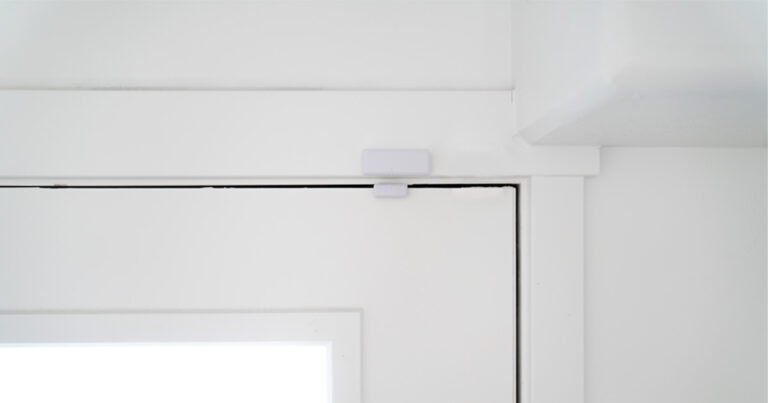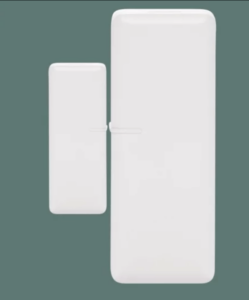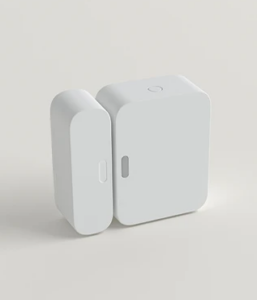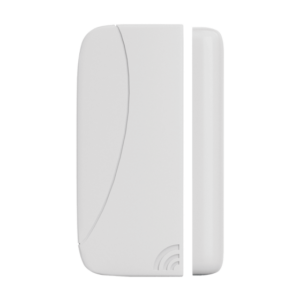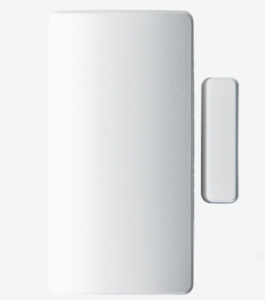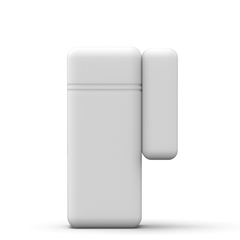We pretty much know everything there is to know about door sensors, and we’re about to share it all. Opening the door will alert the sensor and trip a siren when your home alarm is set. And when an alarm isn’t set, the sensor will still let you know if the door opens or closes, making it easy to track if anyone’s leaving or entering the house when they shouldn’t. Security cameras can sometimes fail, so the safest option is to use a camera with a sensor—not to use a camera instead of a sensor. The magnet and reed switch are very attached to each other (literally). When you open the door and separate them, they share their displeasure by triggering the alarm. Also, do you want a sensor that’s connected to a bigger home security system? Or did you just want to low-key track that one door? If you don’t want an accompanying alarm system, a standalone option like this TESSAN sensor might be the way to go. If the two halves of the sensor don’t align just right, they won’t work. (If there’s no way for you to get the halves aligned on your door frame, a recessed sensor might be a better option.) Installing a wireless door sensor typically looks something like this: A wired door sensor is a whole other kettle of fish. You’ll probably need a professional electrician to install one of those.
Why use a door sensor? We don’t know about you, but we don’t like randos walking into our homes. How does a door sensor work? The magic is in the magnets. Which door sensor should I choose? Whichever one you want, depending on your wired/wireless and standalone sensor/security system needs. How do you install a door sensor? It’s almost as easy as closing an envelope. (A stick-and-peel envelope, that is. We don’t recommend licking your door sensors.)
